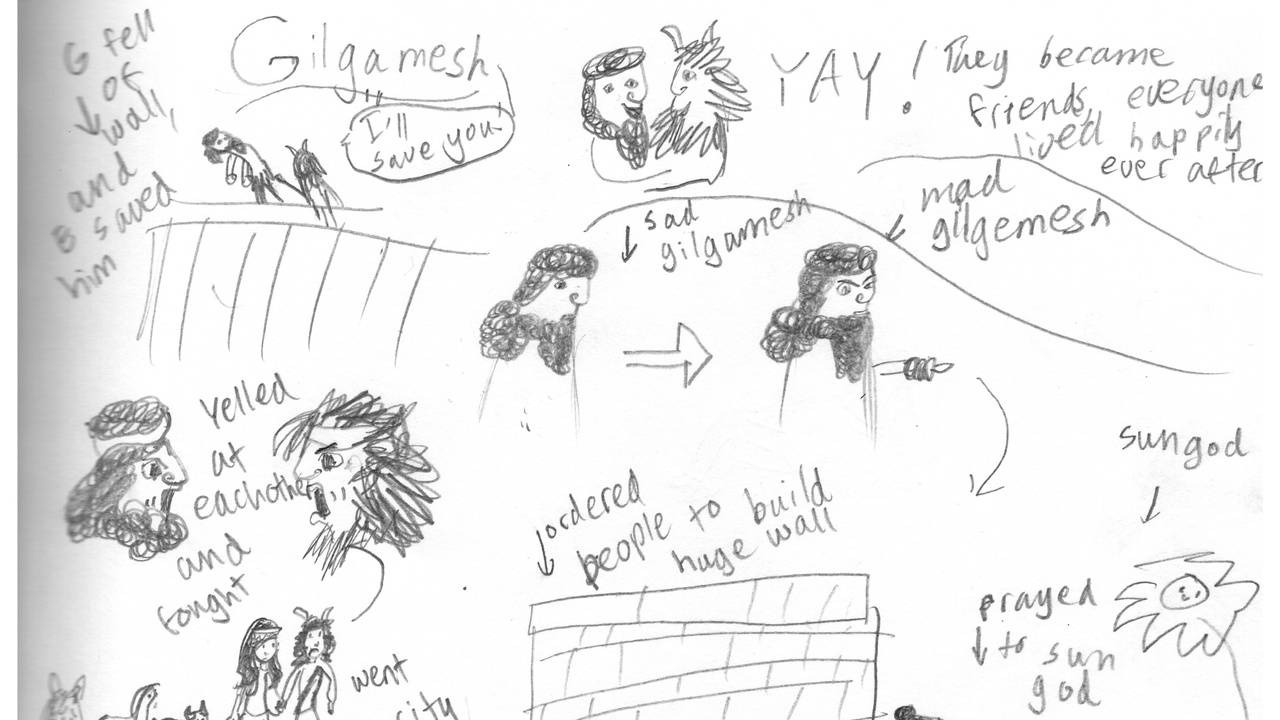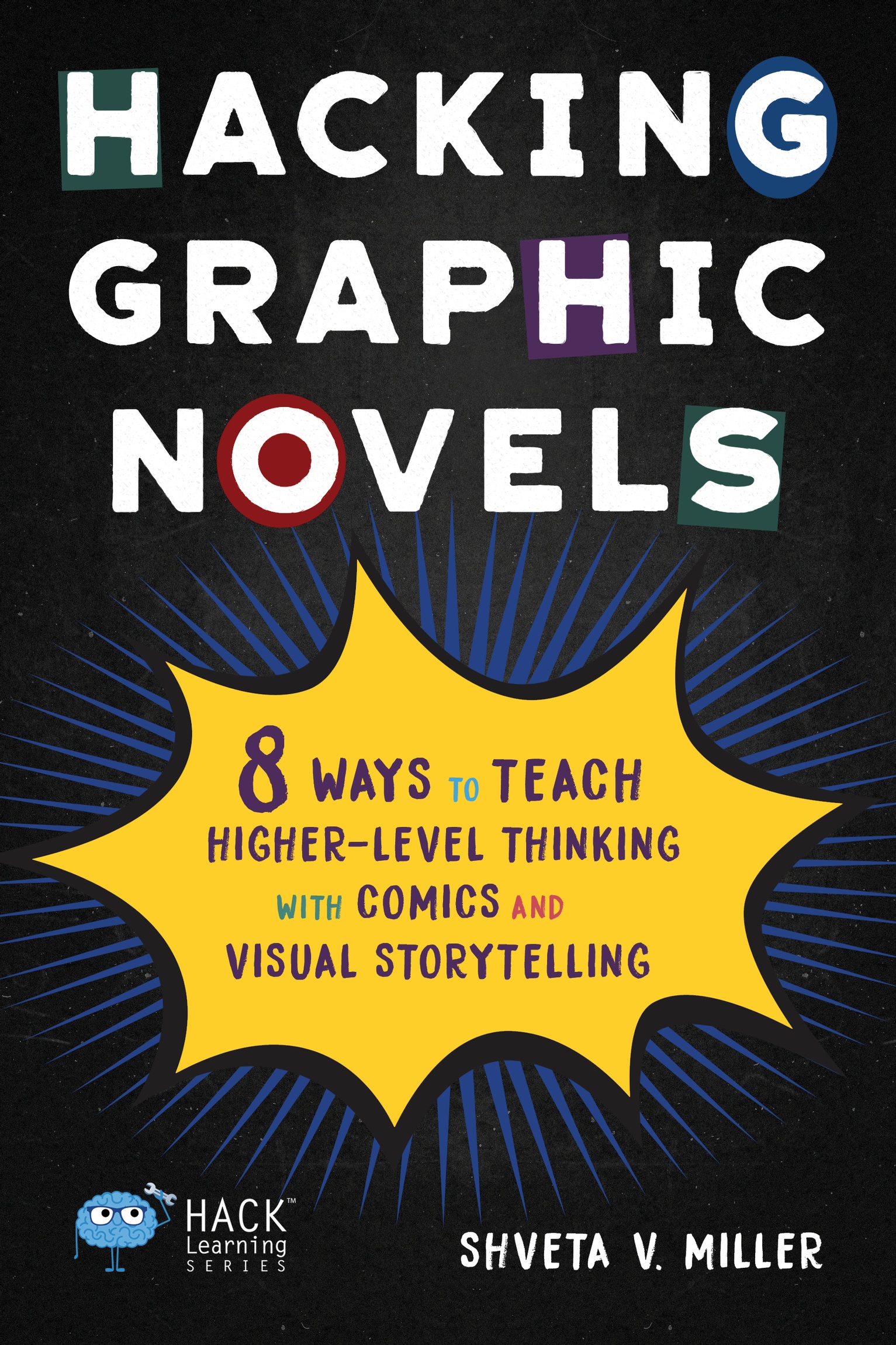Powerful Assessment Through Simple Visuals
Sep 14, 2021
In my Edutopia article “Drawings as Formative Assessment,” I promote the use of drawings as assessments because of the insights they offer teachers about what students do and do not understand.
As I read through the comments on the Facebook post of the article, I wondered if part of the message was lost. Readers celebrated the idea of encouraging students to draw as they learn and to demonstrate what they understand.
But within their supportive comments, some readers revealed their belief that drawing should remain optional, a tool that is valuable only for some students. Others, they worried, would suffer anxiety and not authentically show what they know.
Drawing isn’t a tool just for those who demonstrate artistic talent or skill.
According to Yale researcher Jeffrey Wammes, when we draw, we integrate three distinct types of experiences: semantic (translating words and ideas into visuals), motor (planning hand movements), and visual (watching our drawing appear).
The multi-sensory experience creates “the drawing effect”: we retrieve more aspects (over 20 percent more, according to Wammes’s study) of recording and processing than if we engaged fewer senses (like we do when reading or writing).
It is true that students (and teachers) have inherited harmful ideas about who can and cannot draw.
As teachers, our first step is to ease anxiety about drawing so all students can experience the cognitive benefits and so we can better understand their thinking process.
Instead of offering drawing as an assessment option only to those we think are “good artists,” teachers can instill confidence about drawing by:
- Sharing Dan Santat’s series #drawlikeakid to demonstrate how they can simply use three basic shapes and the letters of the English alphabet to draw what they know
- Modeling how to represent your own thinking using crude sketches
- Inviting students to simply choose a color or a combination of colors, a line (squiggly, straight, curvy, dark, faint, high, low, etc.) or an image from elsewhere to represent their understanding of a concept or topic
Drawing does not need to be realistic, finely rendered, or beautiful for students to benefit cognitively. Representing an idea, concept, or experience through simple, minimalist drawings still requires translating what we hear or read into another form.
In the translation process, we make many choices. We think metaphorically when deciding how to capture a word in a visual and choose color, size, thickness, location, angle, perspective, and juxtaposition.
When students create simple visuals to show their thinking, no two students will produce the same work.
Teachers gain a better understanding of their students’ perspectives and misconceptions so they can plan instruction that builds on what students know.
Main post image: Drawing of the Exploits of Gilgamesh






